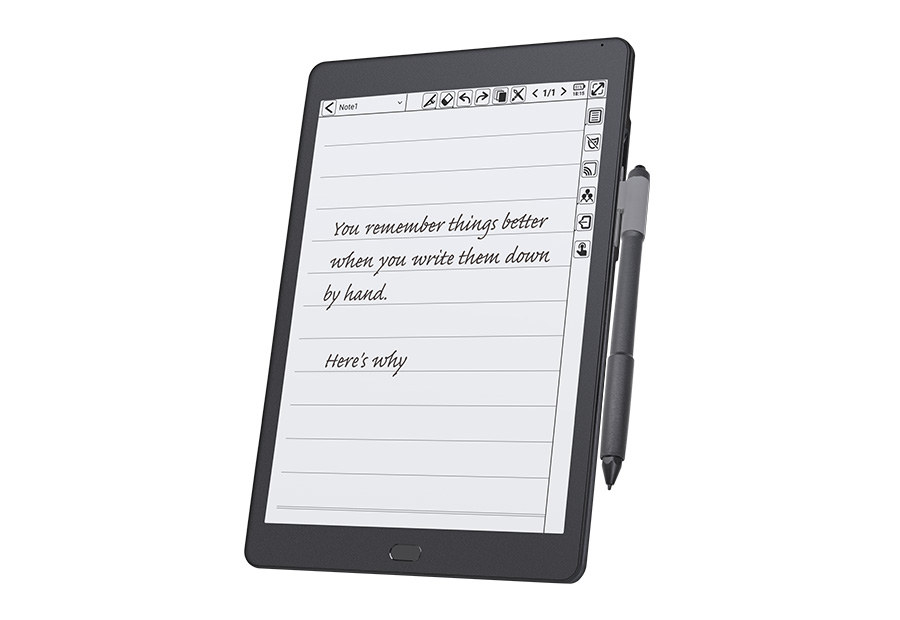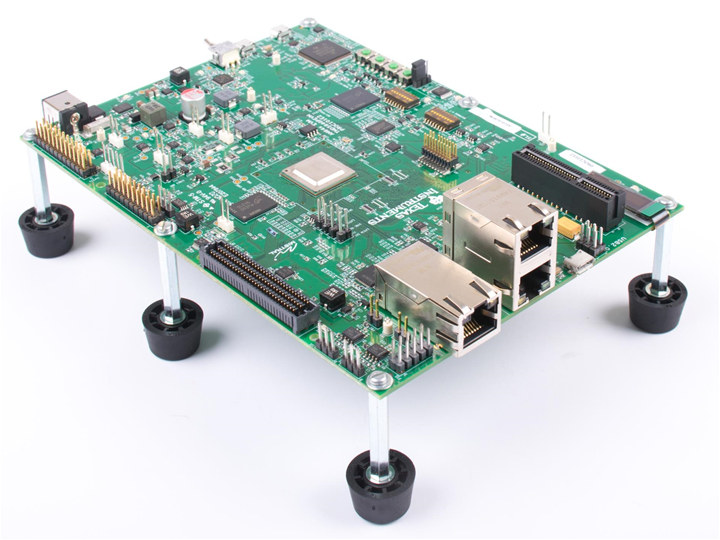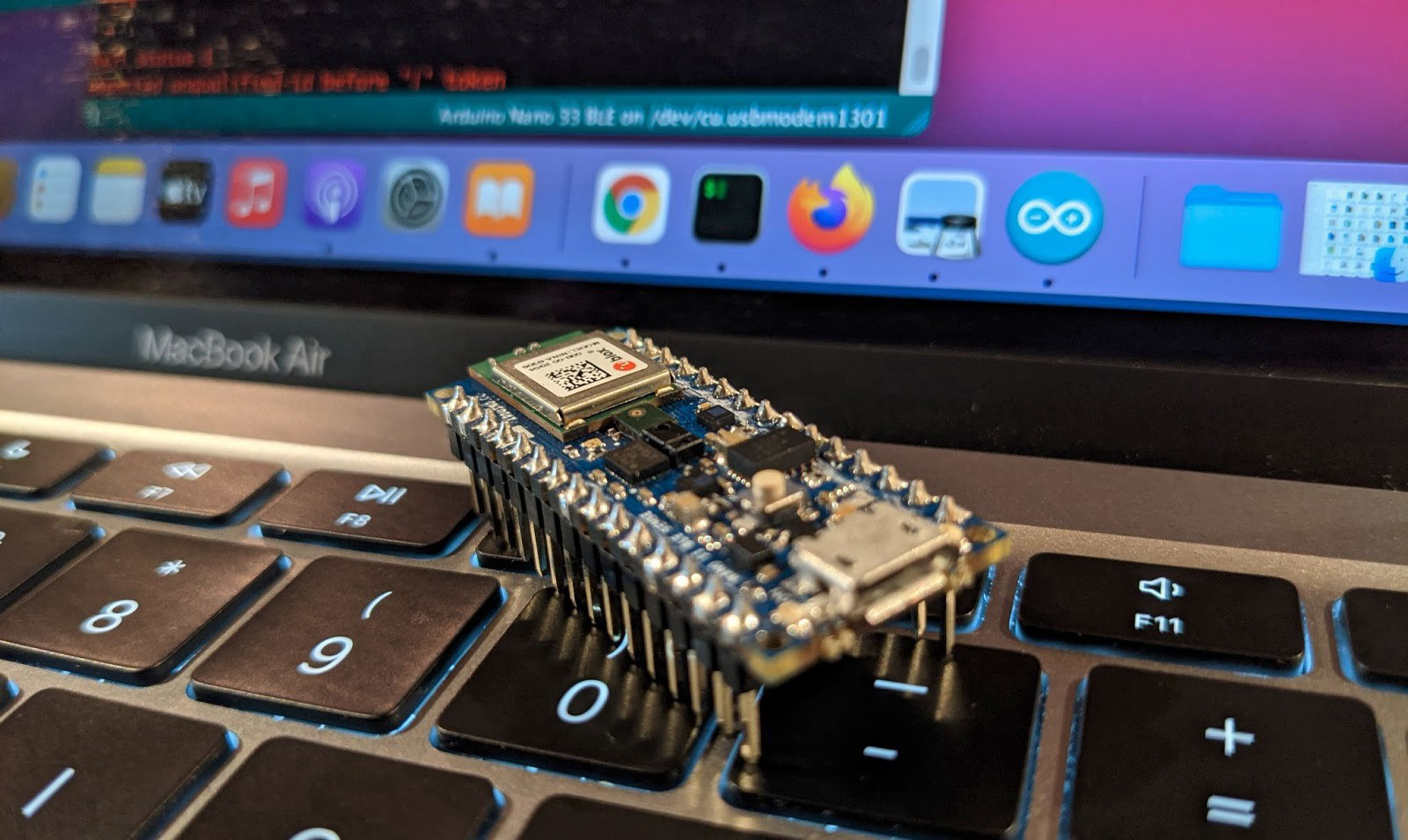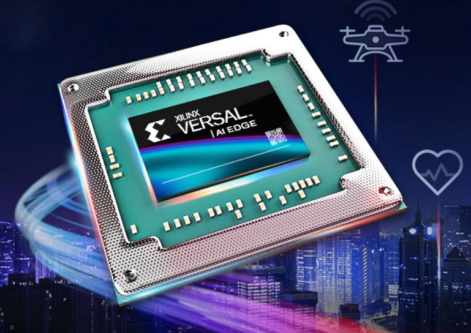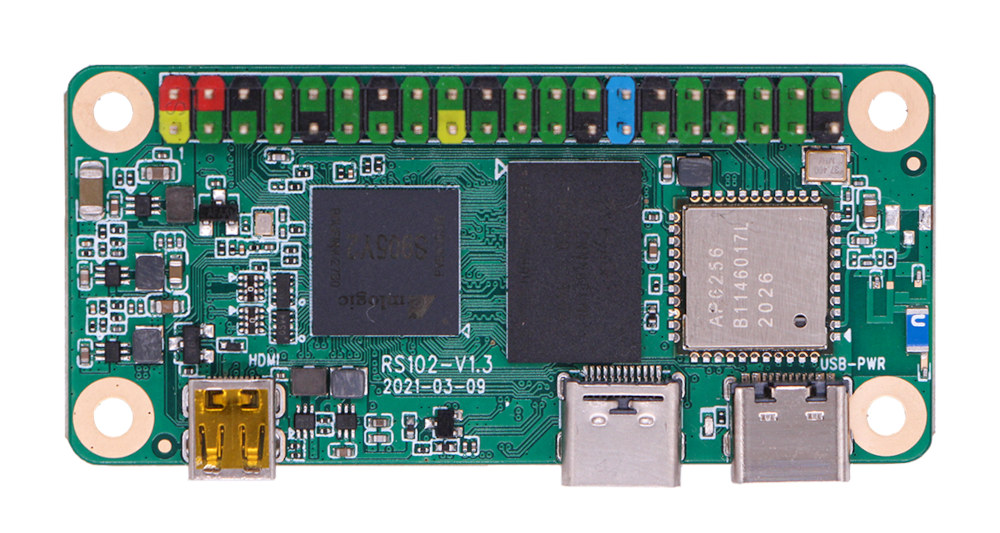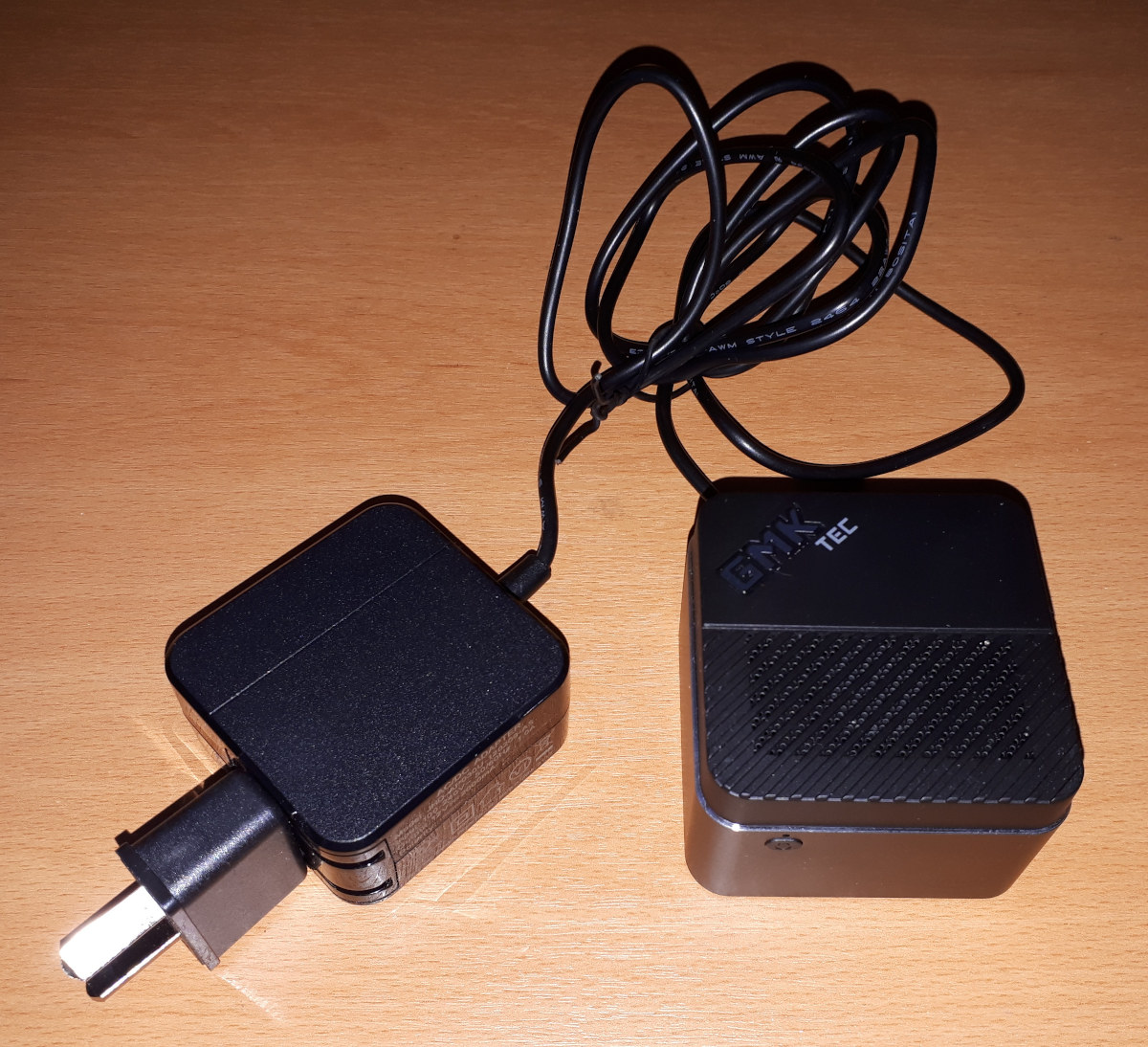Geniatech used to be better known for their Amlogic TV boxes, before expanding their business to development boards and systems-on-modules. But the company has now introduced KloudNote, a 10.3-inch E-reader running Android 8.1 on a quad-core Cortex-A35 processor. The device is equipped with 2GB of RAM and a 16GB eMMC flash, supports WiFi 5 and Bluetooth, as well as optional 2G/3G/4G LTE cellular connectivity, and comes with a USB-C port and a headphone jack. KloudNote (sometimes written Kloud Note) specifications: SoC – Unnamed quad-core Cortex-A35 processor @ 1.2 GHz System Memory – 2GB RAM Storage – 16GB or 32GB eMMC flash Display – 10.3-inch E-Ink flexible screen with cover-lens, 1872×1404 resolution, capacitive touch and electromagnetic touch with support for a stylus with 4096-level of pressure sensitivity Connectivity 802.11 a/b/g/n/ac WiFi 5, Bluetooth 4.2 Optional 2G/3G/4G Audio – Earphone jack, built-in speaker & microphone USB – 1x USB-C port for charging Documents […]
TI AM64x 7-core processor is made for PLC’s, motor drives, industrial robots
Texas Instruments AM64x is a family of 64-bit Arm processors with functional safety designed for Programmable Logic Controllers (PLC), motor drives, remote I/O, and industrial robots. The top-end processor of the family, AM6442, comes with seven cores including two Cortex-A53 application cores, four Cortex-R5F real-time cores, and one Cortex-M4F isolated core. AFAICT, while the documentation is dated January 2021 and TI announced the processor in February in a blog post with a cryptic title, it was only first picked up by Embedded Computing in early May. Besides the processor itself, TI also provides an AM64x starter kit and a full-featured AM64x evaluation kit, and several companies are already preparing development boards and modules as we’ll see further below. TI AM64x processor AM64x key features & specifications: CPU cores Dual-core Arm Cortex-A53 processor @ 1.0 GHz with 256KB L2 shared cache with SECDED ECC, 32KB L1 D-cache, 32KB L1 I-cache Up […]
paperd.ink 4.2-inch ESP32-based e-Paper display ships with a 3D printed enclosure (Crowdfunding)
We’ve covered a fair amount of connected e-Paper/e-Ink displays based on ESP32 WiFi & Bluetooth SOC including several Inkplate displays, with the latest Inkplate 6Plus model including a touchscreen, TTGO T5 displays with small sizes, or even the fully enclosed M5Paper ESP32 IoT development kit with a 4.7-inch touchscreen e-Paper display. There’s also Watchy ESP32 smartwatch with a 1.54-inch display if you really need something small. But here’s another option courtesy of Rohit & Prasad, two young engineers from India, with the paperd.ink 4.2-inch ESP32-powered e-Paper display that ships with an optional 3D printed enclosure. paperd.ink display specifications: Wireless module – ESP32-WROOM-32 module with ESP32 dual-core processor, 4 MB SPI flash, 2.4 GHz WiFi 4 & Bluetooth LE connectivity Storage – MicroSD card slot for storing images, files, etc Display – 4.2″ monochrome e-Paper display with 400 x 300 resolution; 3s for full refresh; partial refresh supported USB – 1x […]
Picovoice offline Voice AI engine now works on Arduino
Last year, I wrote about Picovoice support for Raspberry Pi enabling custom wake-word and offline voice recognition to control the board with voice commands without relying on the cloud. They used ReSpeaker 4-mic array HAT to add four “ears” to the Raspberry Pi SBC. I also tried to generate a custom wake-word using the “Picovoice Console” web interface, and I was able to use “Dear Master” within a few minutes on my computer. No need to provide thousands of samples, or wait weeks before getting a custom wake-word. It’s free for personal projects. But the company has now added Picovoice to Arduino, or more exactly Arduino Nano 33 BLE Sense powered by a Nordic Semi nRF52480 Arm Cortex-M4F microcontroller, and already equipped with a digital microphone, so no additional hardware is required for audio capture. To get started, you’d just need to install the Picovoice Arduino library, load the sample […]
Modelplace.AI is an app store for OpenCV compatible AI models
OpenCV open-source computer vision library is used in a wide variety of projects and products, and last year, the community also launched the OpenCV AI Kit (OAK) Myriad X-based hardware solution for computer vision. However there’s a learning curve to use the library, especially in combination with artificial intelligence models, and it can be challenging and time-consuming to newcomers. So in order to broaden the reach of the solution, OpenCV has now introduced Modelplace.AI, an app store/marketplace for AI models working with the OpenCV library. The AI model marketplace is a store and try-before-you-buy service for artificial intelligence models, many of which are certified to work with the OpenCV AI Kit. There are currently over 40 models for detection (e.g. person, pedestrian…), classification, segmentation (e.g. extraction of objects from a scene), pose estimation, people counting, text detection, tracking, and more. Right now all models are free, but developers will be […]
Xilinx announces Versal AI Edge Series with Cortex-A72 & R5 cores, FPGA fabric
Edge AI solves the latency and security issues through on-device AI acceleration for optimal computations at a low power supply. Xilinx announces its Versal AI Edge Series which is 4th member of the Adaptive Compute Acceleration Platform (ACAP) family. The versal series consists of seven models ranging from VE2002 to VE2802 with the processor fabrication on 7 nm silicon technology. Talking more about ACAP, it is a platform that provides a combined essence of a processor and FPGA. The processing features efficient memory and I/Os, whereas programmable arrays allow logical control over the hardware. Also, as Xilinx specializes in FPGA products, the additional support of computational features makes the ACAP hardware even more flexible and dynamic. The Versal AI Edge series features different types of engines for specific functionalities in terms of adaptable, scalar, and intelligent engines. The seven processor models vary with respect to engine and platform specifications. However, […]
Radxa Zero SBC – A powerful quad-core alternative to Raspberry Pi Zero W
Radxa Zero SBC follows Raspberry Pi Zero W form factor, but thanks to an Amlogic S905Y2 quad-core Cortex-A53 processor clocked at up to 2.0 GHz offers much higher performance, which Radxa says corresponds to about 70% of Raspberry Pi 4 CPU performance. The tiny Arm Linux board comes with up to 4GB RAM, 16GB eMMC flash, and either AP6212 or AP6256 wireless module. plus all interfaces from Raspberry Pi Zero W, but with a twist as the mini HDMI port is replaced by a micro HDMI port, and USB-C ports are used instead of micro USB ports. Radxa Zero preliminary specifications: SoC – Amlogic S905Y2 quad-core Cortex-A53 processor @ up to 2.0 GHz with Arm Mali-G31 MP2 GPU System Memory – 512MB RAM, 1GB, 2GB, or 4GB LPDDR4 Storage – MicroSD slot, optional 8GB or 16GB eMMC flash Video Output – micro HDMI port up to 4Kp60 Connectivity Ampak AP6212 […]
GMK NucBox Review – A palm-sized Windows 10 mini PC
GMK released their diminutive mini PC called the NucBox a while ago however they have recently updated the BOM with a new fan and WiFi module together with changing their logo from GMK to GMK TEC. GMK sent the new NucBox for review and the results from various testing are detailed below. Hardware Overview The NucBox physically consists of a 62 x 62 x 42mm (2.44 x 2.44 x 1.65 inches) rectangular metal case with a plastic top and base plate. As an actively cooled mini PC, it uses Intel’s 14 nm J4125 Gemini Lake Refresh processor which is a quad-core 4-thread 2.00 GHz processor boosting to 2.70 GHz with Intel’s UHD Graphics 600. The front has just the power button whilst the rear includes two USB 3.0 ports, an HDMI port, and a Type-C USB port for power. The left side has a microSD card slot and a headphone […]


